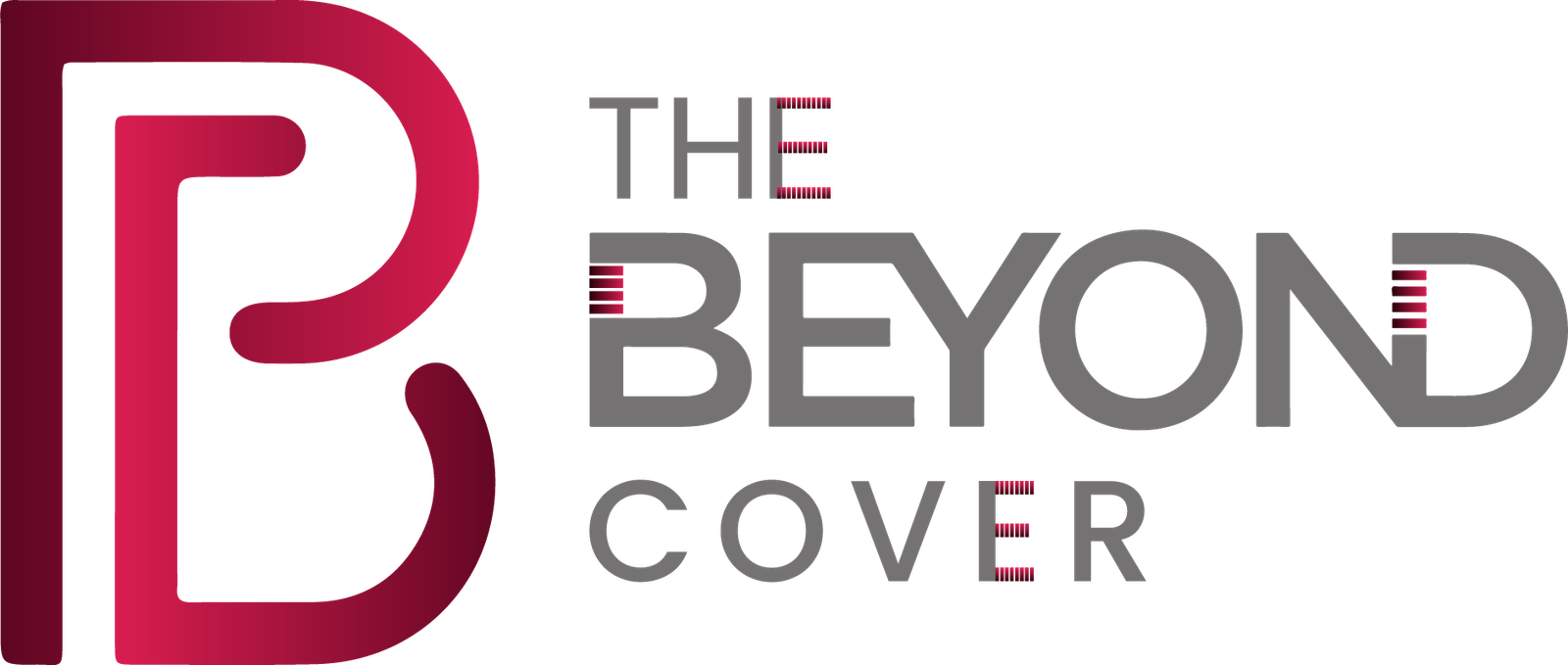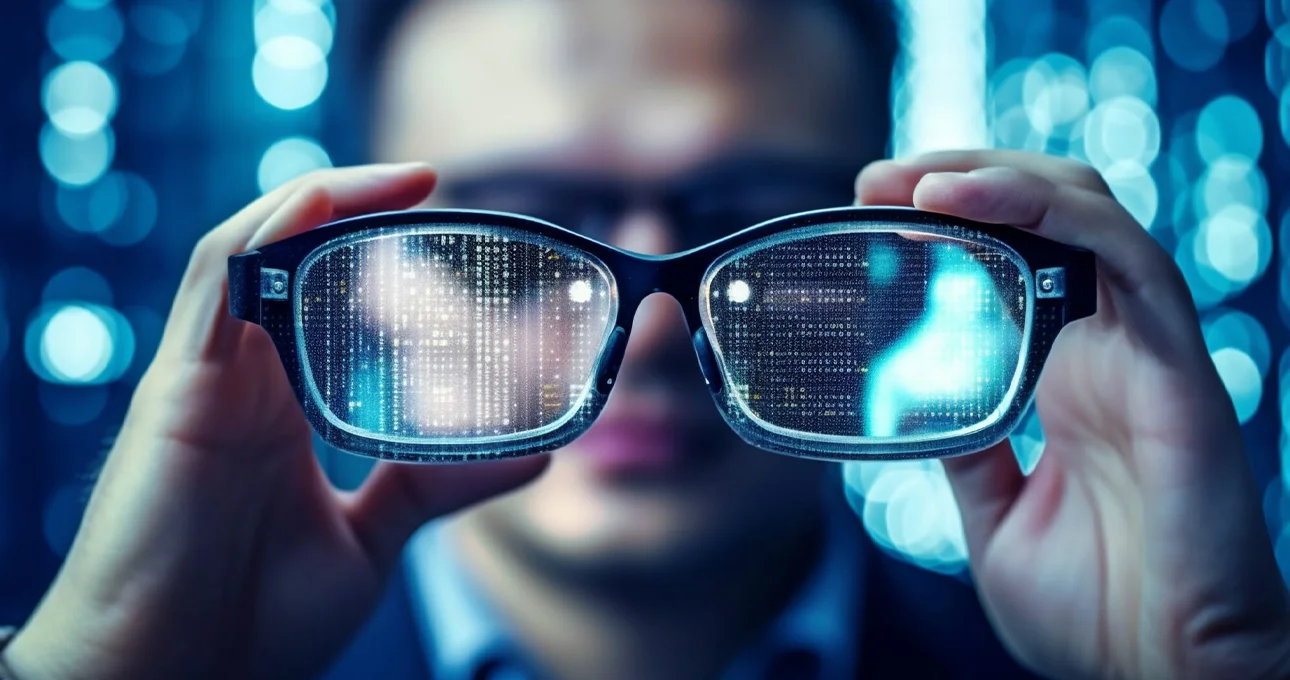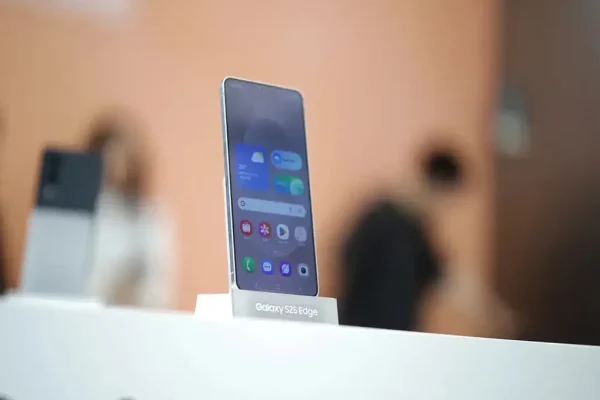Introduction: A Tech Renaissance in Eyewear
Smart glasses are back in the spotlight. Once relegated to the experimental tech graveyard, wearable displays and augmented reality eyewear are making a stunning return. With CES 2025 and MWC 2025 showcasing dozens of smart glasses innovations, all eyes are now on major tech giants—notably, Google.
Now, Google appears ready to stage a smart glasses comeback with a reported acquisition of Canadian startup AdHawk Microsystems for $115 million. If successful, this move may mark Google’s most serious foray into wearable computing since the demise of Google Glass.
The Smart Glasses Boom in 2025
The wearable technology market, especially in the smart eyewear segment, has exploded. From productivity tools and fitness tracking to immersive entertainment and AI-powered real-time translation, modern smart glasses cater to both consumers and enterprises.
Market Growth: According to market analysts, the global smart glasses market is projected to reach $18.2 billion by 2028, driven by innovations in AI, lightweight microdisplays, and enterprise use cases.
Leading Players: Companies like Meta (Ray-Ban Meta), Xreal, Vuzix, and Apple have introduced next-gen models with improved display tech, longer battery life, and seamless AR integrations.
2025 Trend: Voice-first interfaces, multimodal AI assistants, and eye-tracking for navigation are emerging as must-have features—an area where AdHawk shines.
Flashback: Google Glass—Ahead of Its Time?
Google Glass, first unveiled in 2013, was revolutionary but failed to take off due to privacy concerns, limited functionality, and a lack of compelling use cases. After being discontinued in 2015, a brief revival came in the form of Google Glass Enterprise Edition, but even that saw sunset in 2023.
Key issues included:
A camera that raised surveillance concerns
Short battery life
Limited developer ecosystem
High price tag ($1,500 at launch)
While Glass was technically innovative, it arguably launched before the world—and the technology—was ready.
The AdHawk Acquisition: Why It Matters
The reported acquisition of AdHawk Microsystems signals a new direction. Founded by University of Waterloo researchers, AdHawk developed camera-free eye-tracking sensors based on MEMS (Micro-Electro-Mechanical Systems).
These innovations offer massive improvements in:
Sampling rate (10x faster than camera-based tracking)
Data volume (1000x lower)
Power efficiency
Latency reduction
Their chip can be embedded in ultra-slim smart glasses without bulky components—something that addresses the exact design and usability pain points of earlier devices.
If Google succeeds in acquiring AdHawk, it could gain a serious competitive edge, especially as eye-tracking becomes a critical feature for AR/VR, healthcare, gaming, and hands-free interfaces.
Why Google Wants In—Again
Google is doubling down on hardware.
Gemini AI: Google’s multimodal large language model can integrate with wearables for contextual, conversational assistance.
Project Astra: Under DeepMind, Project Astra is building real-time, vision-based AI agents—perfect for integration with smart glasses.
Pixel Ecosystem Expansion: A smart glasses product could complement the Pixel smartphone, Pixel Buds, and Wear OS devices, bringing Google closer to Apple’s tight ecosystem strategy.
Could “Google Goggle” Be the Next Big Thing?
While the name may be up for debate, the concept isn’t. Industry insiders believe Google’s next smart glasses iteration will:
Be lightweight and stylish (thanks to AdHawk’s compact sensors)
Feature real-time AI assistants
Use Gemini Nano for on-device GenAI tasks.
Possibly collaborate with a fashion partner (like Meta + Ray-Ban) to appeal to mainstream consumers.
A Look at the Competition
Google isn’t alone. Here’s how the current landscape looks:
Brand | Product | Unique Selling Point |
Meta | Ray-Ban Meta | Camera, music, calls, Meta AI |
Xreal | Air 2 Ultra | Spatial computing, AR display |
Apple (rumored) | Apple Glass | Ecosystem integration with iOS/macOS |
TCL | RayNeo X2 | Dual-display AR, GPS navigation |
Vuzix | M4000 | Industrial-grade smart glasses |
Industry Implications: Why This Matters
If Google makes a successful return to the smart glasses market:
Mainstream Adoption Could Accelerate: With Google’s brand power, adoption of smart glasses could follow the trajectory of Android smartphones.
Developers Rejoice: Google’s open approach may spur a strong developer ecosystem, something Meta struggles with.
AI Becomes Visual: With Gemini and Astra, AI assistance won’t just be chat-based but vision-powered—bringing a “Jarvis”-like assistant closer to reality.
Privacy and Regulation: Expect fresh debates about privacy, data usage, and wearable surveillance if Google gets back into smart eyewear.
Challenges Ahead for Google
Despite its advantages, Google will face headwinds:
Public Skepticism: Privacy remains a concern. A wearable with built-in sensors can easily raise red flags.
Form Factor: Consumers prefer fashion over function. A chunky headset won’t win the market.
Software Integration: Without killer use cases, even the best hardware may fail. Google must create compelling, day-to-day applications.
Competition: Meta’s early lead, Apple’s brand loyalty, and startups’ agility pose serious threats.
Final Thoughts: Google’s Moment of Redemption?
Google’s attempt to revive its smart glasses dream via the AdHawk acquisition isn’t just about hardware. It’s about redefining the way humans interact with technology—through vision, voice, and real-world context.
While this $115 million deal is still unofficial, it marks a significant signal: Google is serious about wearables again. If it plays its cards right—this time with better tech, better timing, and smarter integration—it could dominate a category it helped create over a decade ago.
The question isn’t just whether Google can make smart glasses work—but whether it can set the gold standard for AI-driven wearables in the years ahead.


























